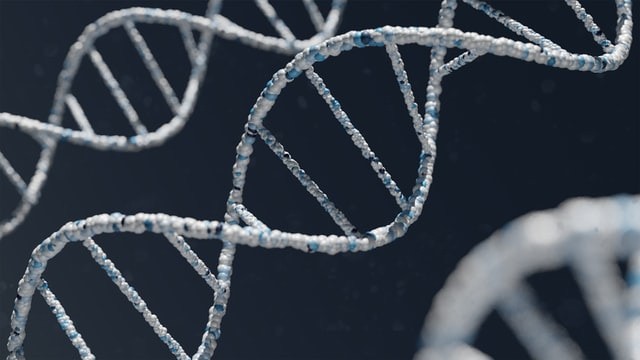Traditional clocks struggle to accurately quantify biological aging because various organisms and cells age and change at varying rates. By observing changes in the epigenetic marks on DNA, new computer "clocks" can estimate ages.

Genetic Study
Steve Horvath was seeking pangolin DNA at this time last year. His collection, which at the time consisted of roughly 200 animals, would include the ancient scaly anteater for the first time. He remembered, "I didn't have any of that order, which is why I wanted them so badly."
Horvath, who until recently worked as an anti-aging researcher at the University of California, Los Angeles, has been writing letters to zoos, museums, aquariums, and labs for up to ten hours a day since the summer of 2017. He has met the keepers of Tasmanian devils and bats by attending seminars about them. He has begged for the DNA of flying foxes, vervet monkeys, minipigs, and bowhead whales from the furthest reaches of the globe.
With this enormous collection of samples, he has created computational clocks that, by analyzing their DNA, can determine the ages of a wide range of animals, including shrews, koalas, zebras, pigs, and "any whale you can name." But those were only the first stages in Horvath's grand scheme to build a universal clock that could determine the biological age of any creature.
Determining Biological Age

It could appear that determining age is as simple as consulting the nearest clock or calendar. However, chronological age is a poor indicator since certain people and tissues age more quickly than others. Researchers have been looking for a reliable and flexible method to assess biological aging or the changes in healthy function with time. Horvath, who left UCLA this year to serve as a principal investigator at Altos Labs, a biotechnology start-up aiming to rejuvenate cells, said: "You want to have a biomarker that reliably detects ages in many different tissues and cell types."
Earlier this year, Horvath and his coworkers finished a prototype of the pan-mammalian clock. He is currently working with other scientists to find the molecular mechanisms that allow for the development of such a clock. Horvath thinks that knowing how clocks like this one function might help us discover what he refers to as "the fundamental root cause of aging."
His timepieces are based on examinations of chemical labels known as methyl groups, which dangle from DNA like charms and assist in regulating gene activity. They are the byproducts of epigenetics, which examines heritable information not encoded in the genetic code (epigenetics is Latin for "above genetics"). Horvath and his associates started using their expertise to construct the clocks a dozen years ago, first to estimate the DNA extracted from saliva and then to ascertain the ages of blood, liver, and other specific tissues.
Epigenetic Clock
Because the clocks were based on statistics rather than a knowledge of biomolecular mechanics, many scientists were first dubious. However, the clocks' accuracy passed inspection and stirred the biomedical sector. Because Horvath clocks were more accurate predictors of the body's status and the danger of disease than chronological age, scientists started utilizing them in their studies to evaluate the aging of cells.
According to scientist Vadim Gladyshev, who researches cancer and aging at Brigham and Women's Hospital and Harvard Medical School, epigenetic clocks are more closely related to the real process of aging than any other indicators. The passage of time is now prompting some scientists to reconsider their theories on aging and its relationship to illnesses.
For more news about Biology, don't forget to follow Nature World News
© 2025 NatureWorldNews.com All rights reserved. Do not reproduce without permission.





